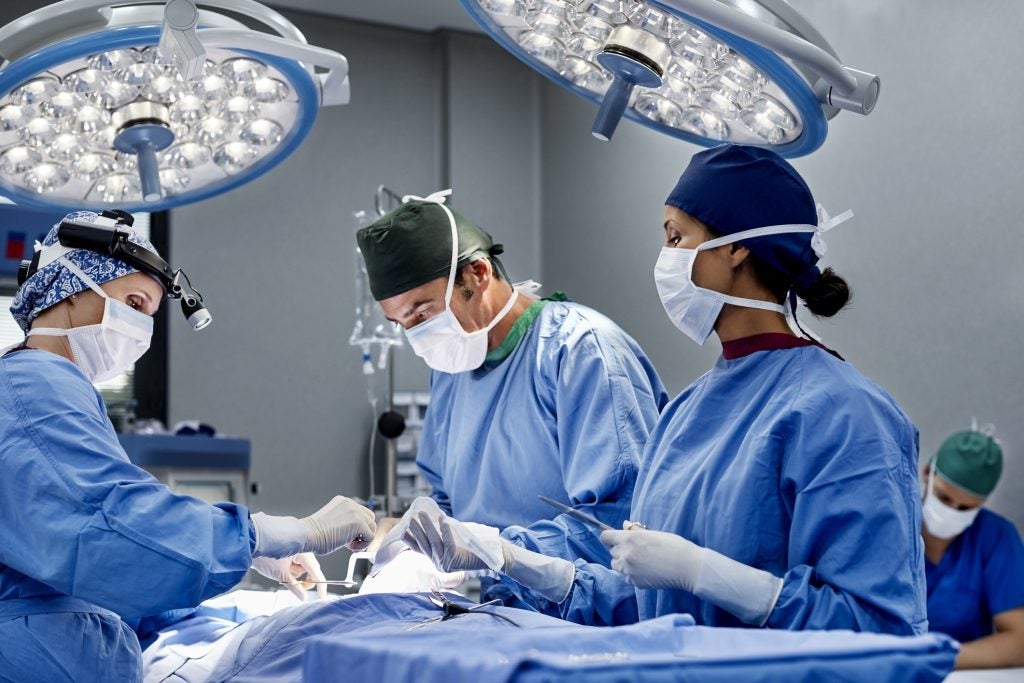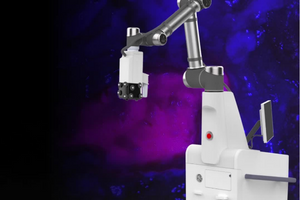Chicago-based regenerative therapeutics firm Dimension Inx has successfully implanted its CMFlex material in multiple patients.
The 3D-printed regenerative bone graft product, is designed for maxillofacial, mandibular, and dental bone defects, and is manufactured using Illinois-based Desktop Health’s 3D bioplotters. CMFlex utilises hydroxyapatide, and biodegradable PLG polymer in a hyperelastic bone composite.
CMFlex, which received US Food and Drug Administration (FDA) approval in December 2022, has made its debut in clinical applications with jaw surgeries performed in Germany and the US.
Dimension Inx co-founder and head of technology strategy Adam Jakus said: “These first cases are not only indicative of a new generation of biomaterials but also highlight our technology platform’s unique capability to rapidly create biomaterials that direct cell behaviour to restore tissue and organ function. It is a proud moment for us to be able to demonstrate the value of therapeutics derived from integrating novel biomaterial design and 3D-printing approaches.”
According to a report on GlobalData’s Medical Intelligence Center, the US bone graft and substitutions market is forecast to reach $2.18bn in 2030. Researchers are increasingly using 3D-printed technologies, with potential applications, including personalised medical devices such as stents and bionic organs.
Synthetic bone grafts allow doctors to treat patients without harvesting bone from another area of the patient’s body, which is an invasive procedure. Earlier this week, spine technology company Spinal Elements commercially introduced its Ventana 3D-Printed Interbody portfolio, consisting of 3D-printed bone grafts. The products are uniquely designed to enhance bone graft volume and containment through a specialised 3D printing process.
The FDA fast tracked Locate Bio’s bone graft technology in May 2023 for patients with degenerative disc disease (DDD). The unique material releases osteoinductive recombinant human bone morphogenetic protein 2 (rhBMP-2), from a three-dimension tissue scaffold, providing extended release as the scaffold degrades. The rhBMP-2 protein promotes cell differentiation and bone formation.













